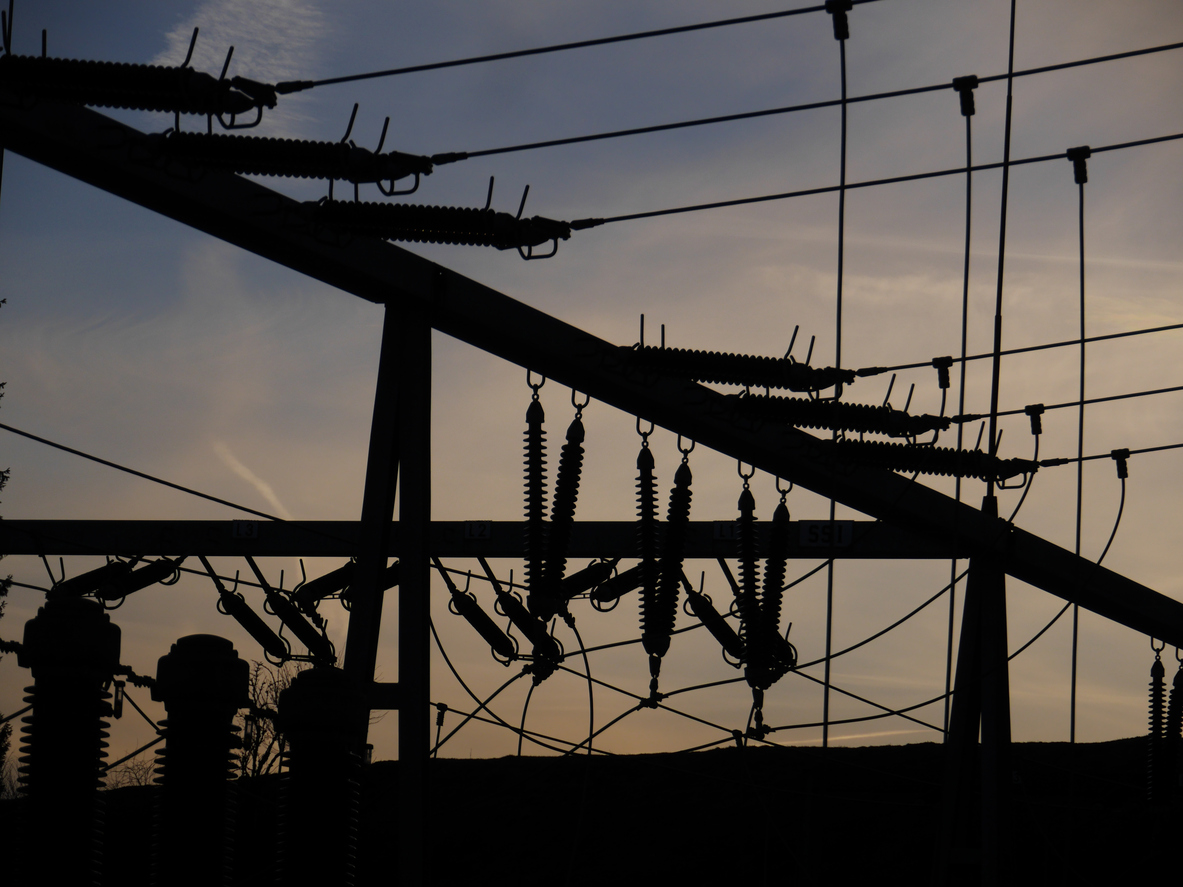A gusher of cash is starting to pour out of Washington to carry out the Biden administration’s plan to strengthen the U.S. power grid and make it more resilient to outages and extreme weather.
The Energy Department on Thursday is set to announce a new round of grants to tribes, territories and 11 states including Arizona, Florida and West Virginia as part of a $2.3 billion program designed to advance a key piece of the White House’s clean-energy drive. It is a fraction of the amount the government plans to spend on the grid in coming years.
The administration sees strengthening the grid as crucial to getting Americans to adopt greener alternatives such as electric vehicles that rely on the network, especially as harsher weather conditions from global warming make utilities more vulnerable. Increasing capacity also would help transmit the growing amount of wind and solar energy the government is encouraging as part of a shift away from coal and natural gas.
John Podesta, White House clean-energy adviser, said this week that the country needed to accelerate work to reach the administration’s goal of 100% clean electricity by 2035.
“We need to deploy transmission lines at twice the current pace than we’ve experienced in the last couple years,” he said at an Energy Department conference in Washington, D.C.
Already this year, the department has announced more than $1 billion in funding for power-grid projects.
The amount includes the roughly $170 million in grants being unveiled Thursday, which is part of a program to make the grid more resilient to extreme weather and natural disasters. The $2.3 billion plan was included in the 2021 infrastructure law; so far nearly $750 million in grants from the program has been announced. The funds will help support projects including infrastructure upgrades.
Another $300 million in grants was announced in August for states, tribes and local governments to help advance projects to build and upgrade transmission lines as part of the Inflation Reduction Act.
Both programs are overseen by the Energy Department’s Grid Deployment Office, which was started about a year ago and manages about $25 billion from the infrastructure legislation and the Inflation Reduction Act, according to department officials.
Researchers have found that if the U.S. continues to expand transmission at the average 1% a year pace of recent years, much of the potential emission reductions from the climate provisions of the Inflation Reduction Act would be lost. That is because coal and natural gas would need to provide the added power for the growing number of EVs and other electric devices spurred by the legislation.
Clean-energy advocates have made expanding transmission capacity a priority, especially for long-distance power lines that can move renewable energy state to state.
Nationwide, renewables now produce 21% of electricity, while coal produces 20% and natural gas produces 39%, according to the Energy Information Administration.
Some members of Congress are pushing to expand transmission capacity. Earlier this month Sen. John Hickenlooper (D., Colo.) and Rep. Scott Peters (D., Calif.) introduced legislation that would require big power regions to be able to transfer 30% of their peak electrical loads to nearby regions, which supporters say would give them more flexibility to move renewable power to areas where it is needed. The legislation faces an uphill battle among Republicans, who control the House.
An agreement on further boosting transmission expansion could be combined with goals typically favored by Republicans, such as easing permitting rules for infrastructure projects. Democrats have opposed rolling back oversight of such projects, largely because of environmental concerns.
But policy experts say the urgency regarding clean energy efforts could make lawmakers reconsider their positions.
“The world has totally changed, the things we want to build are clean,” said Xan Fishman, director of energy policy at the Bipartisan Policy Center. “Clean things are getting held up more than dirty projects. It’s a complete shift in the political sands.”














